The new Google Pixel 9a is a competent companion on the pathway to the world of AI
Google’s reputation for effective and efficient hardware is bolstered by the introduction of the new Pixel 9a, a mid-tier smartphone designed to endure
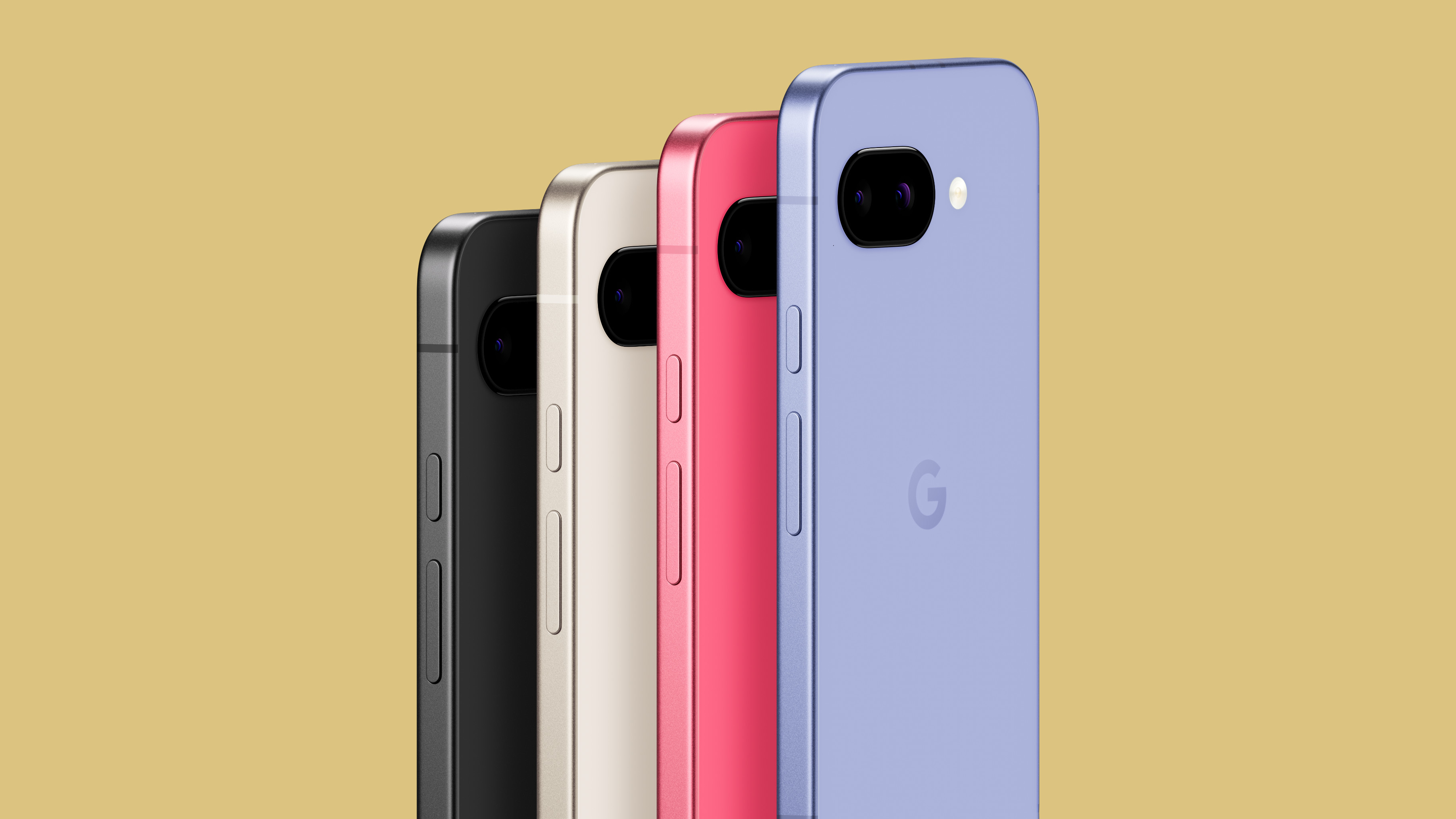
Google today debuts its latest mid-tier smartphone, the Pixel 9a. Following a well-established strategy of releasing ‘a’-branded models eight months or so after the release of top tier phones. Autumn 2024 saw the arrival of the current flagship Pixel 9 series, so naturally enough we now have the Pixel 9a to replace the Pixel 8a.
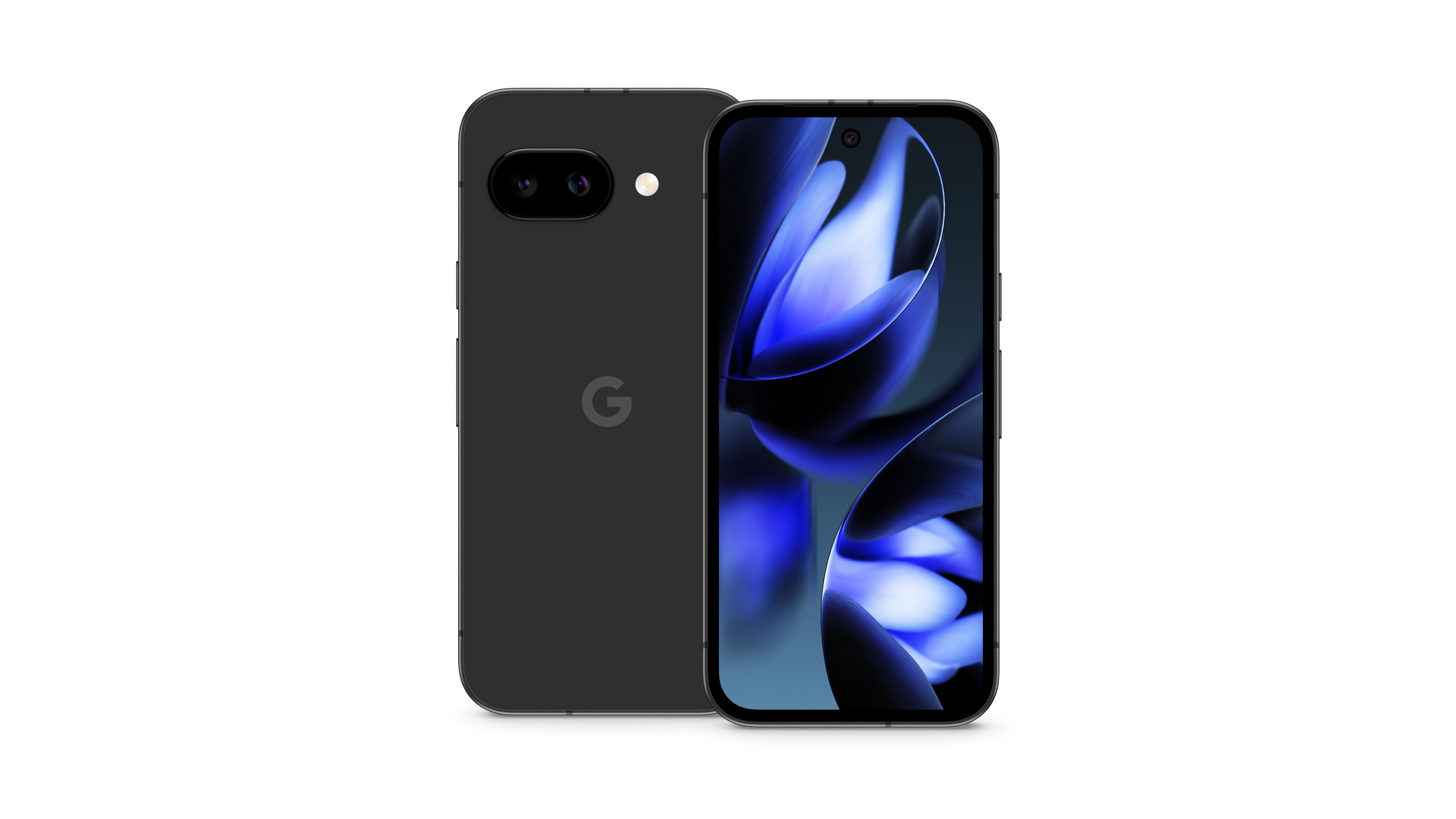
Google Pixel 9a in Obsidian, with case
Enough of big tech logistics. At this stage and price point, a new phone drop is just as much about colours and finishes as it is about specification and raw power. Those in the market for Google’s ‘a’ branded phones are not early adopters, nor do they care hugely about having the ‘very best’ in terms of imaging or AI tech. Suffice to say, they trust Google enough to ensure that the feature set and ethos of the flagship trickles down sufficiently to make the 9a an excellent all-rounder.
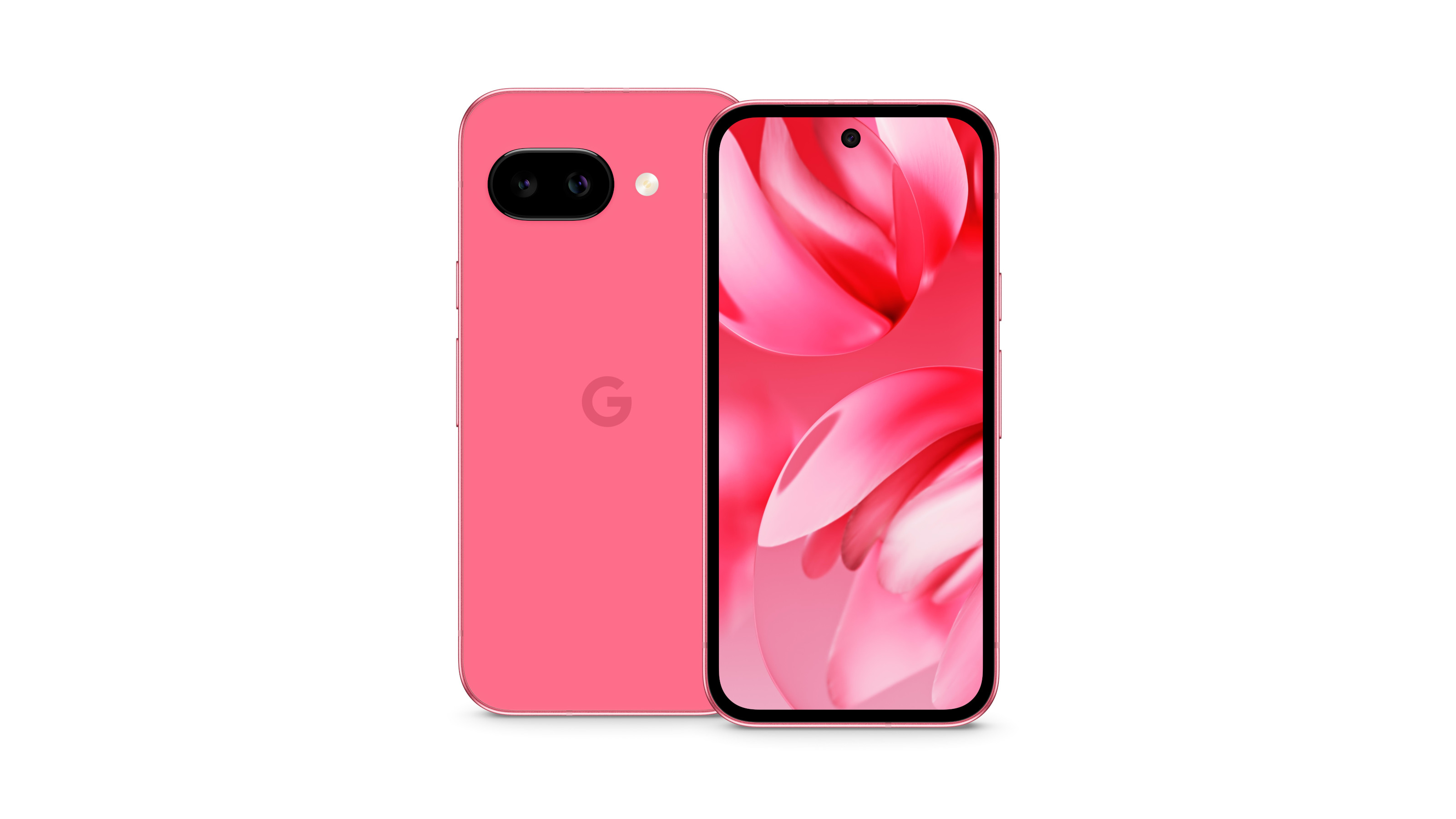
Google Pixel 9a in Peony, with case
That certainly seems to be the case. Google is still pushing hard on its Gemini AI, a multi-billion-dollar investment in a technology that is still searching for a killer app that transcends the novelty of a smarter search and easy photo editing. The Pixel 9a can tap into all the latest upgrades of the Gemini model, including the new Gemini Live service that uses video to take in scene data and process it accordingly.
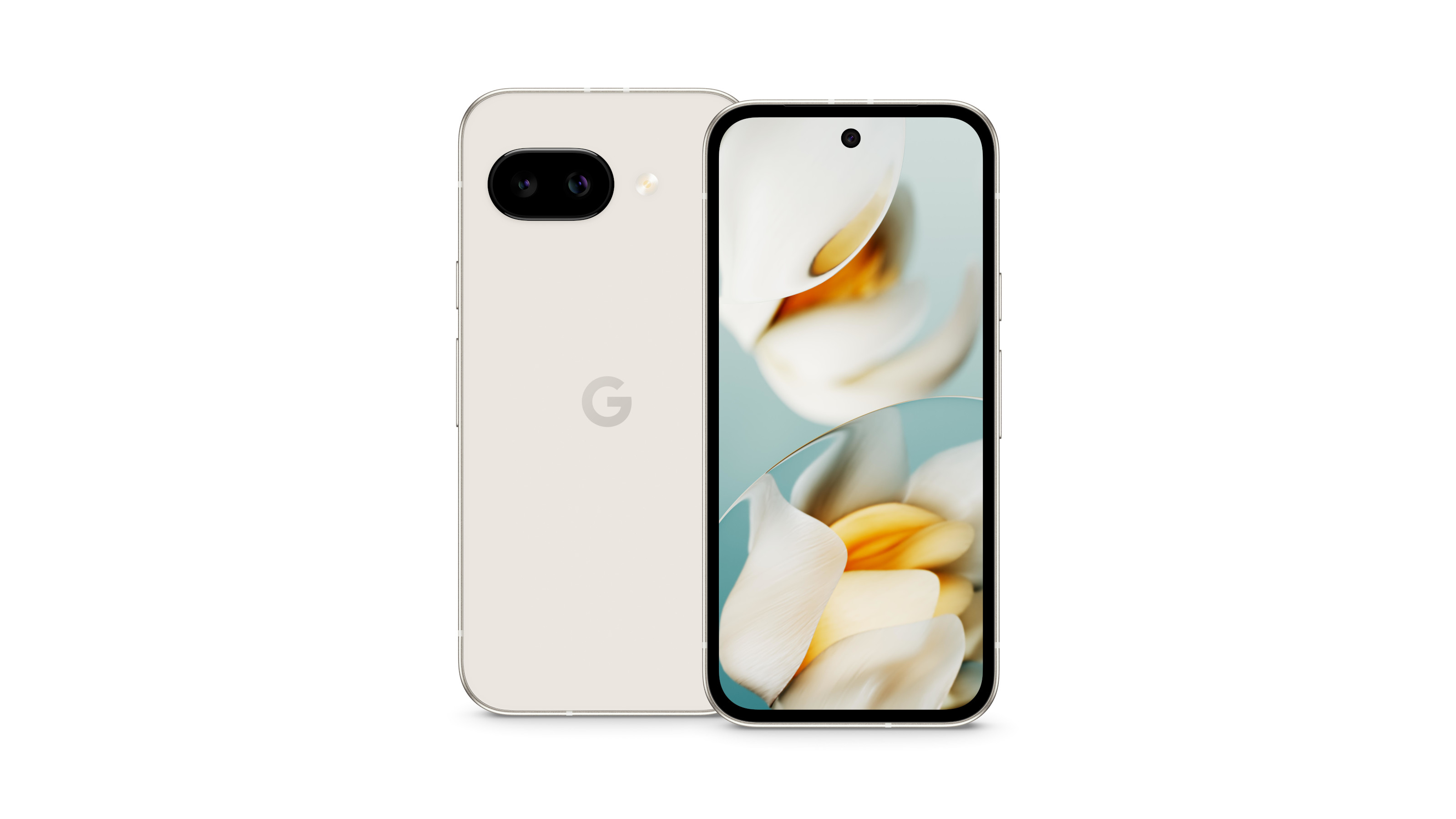
Google Pixel 9a in Porcelain, with case
Features like this are increasingly blending into the mainstream and become a part and parcel of how we interact with search. Gemini Live’s ability to parse and converse in natural-sounding language is one of the technology’s strongest points, yet these AI-driven interactions still feel like an obfuscating layer that’s draped over physical reality. Can it ever really be trusted?
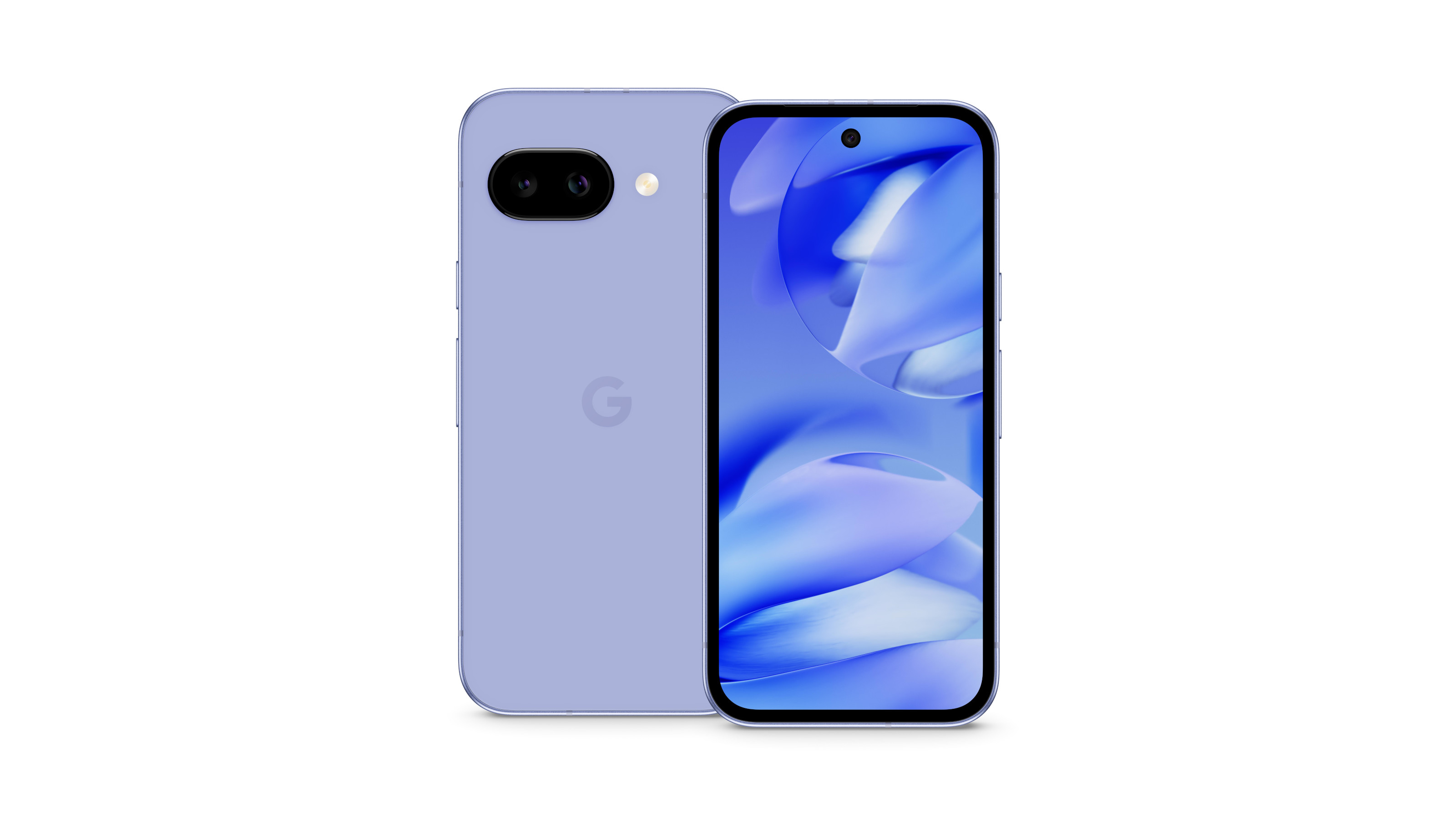
Google Pixel 9a in Iris, with case
Infinitely more tangible are the Pixel 9a’s physical characteristics. Solidly built, with a tried and tested camera module that includes both 48 MP main and 13 MP ultrawide cameras, along with new Macro Focus and Astrophotography modes, the 9a will make an excellent photographic companion. Battery life has also been improved, with that crucial crutch of day-length longevity that should dispel any charge anxiety. There's 8GB of RAM and a choice between 128GB and 256GB of storage.
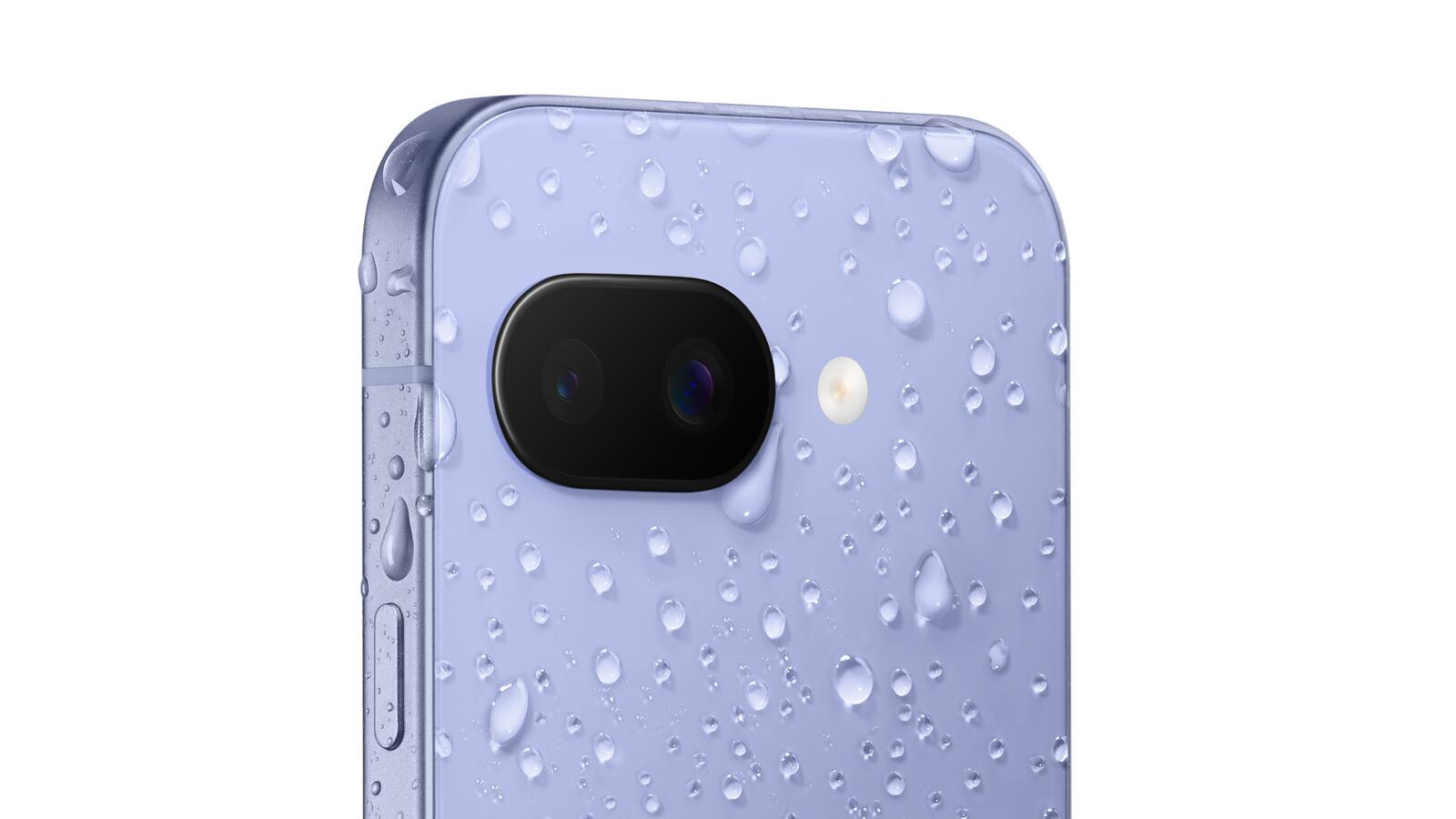
The softer form of the Pixel 9a's camera module is inspired by water droplets
Posterity will have to decide on the merits or otherwise of Google’s suite of photo-editing tools. They range from the relatively benign (cropping, re-framing, even expanding the edge of the image) to the all-in AI-driven slopscape opened up by Pixel Studio, where you can conjure up fantastical imagery out of a sketch or a prompt. Additional lures include a three-month sub to Google One cloud storage and ad-free YouTube premium, along with a six-month subscription to Fitbit Premium content.
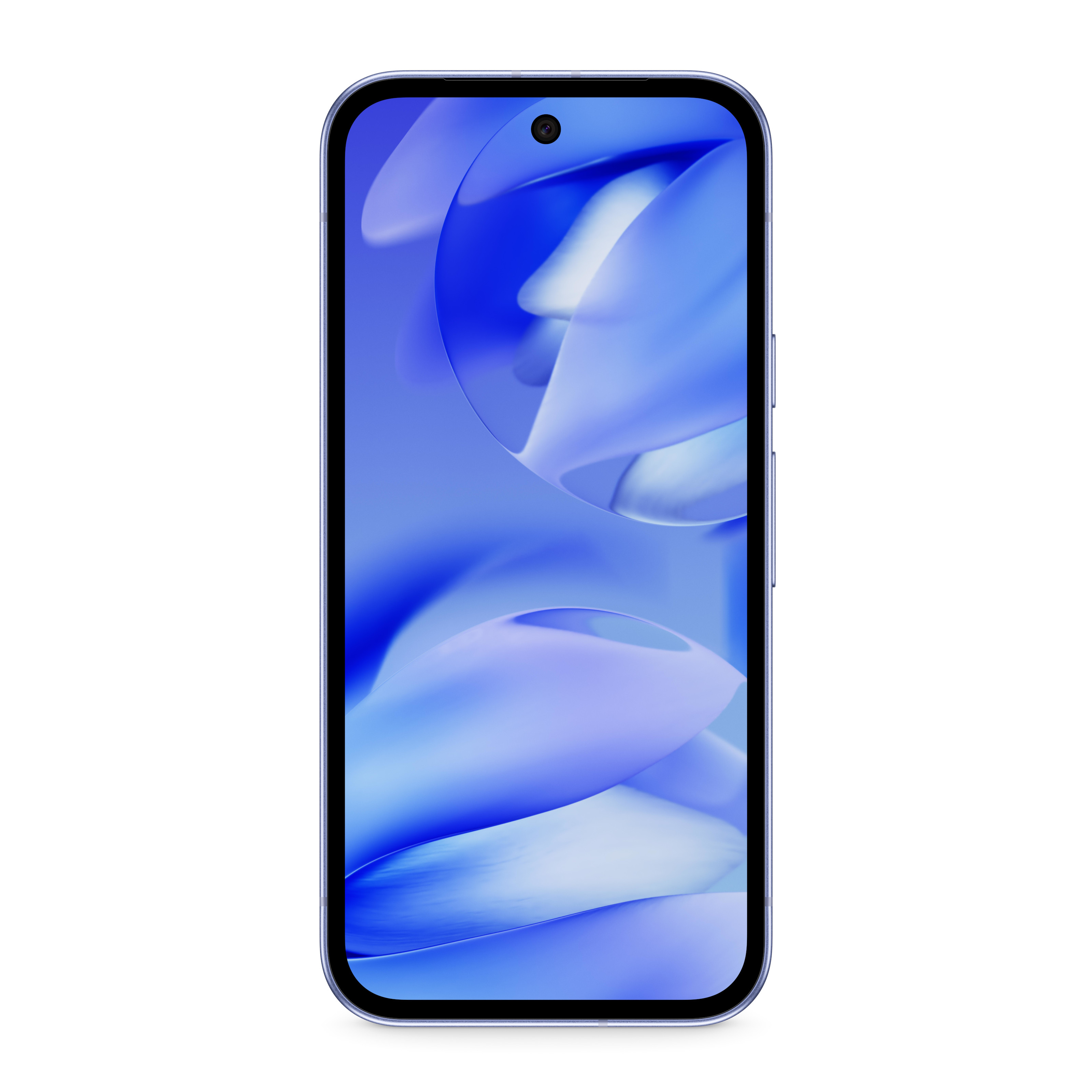
Our perennial gripe about modern smartphones – that the tactile delight of their all-metal and glass construction and fine, jewel-like buttons, curves and edges are all subsumed beneath the essential requirement of a robust case. The ‘camera bump’ on the 9a is smoother and less prominent than on its pricier siblings, and there’s also greater emphasis on recycled plastic and aluminium which make up nearly a quarter of the phone’s entire mass.
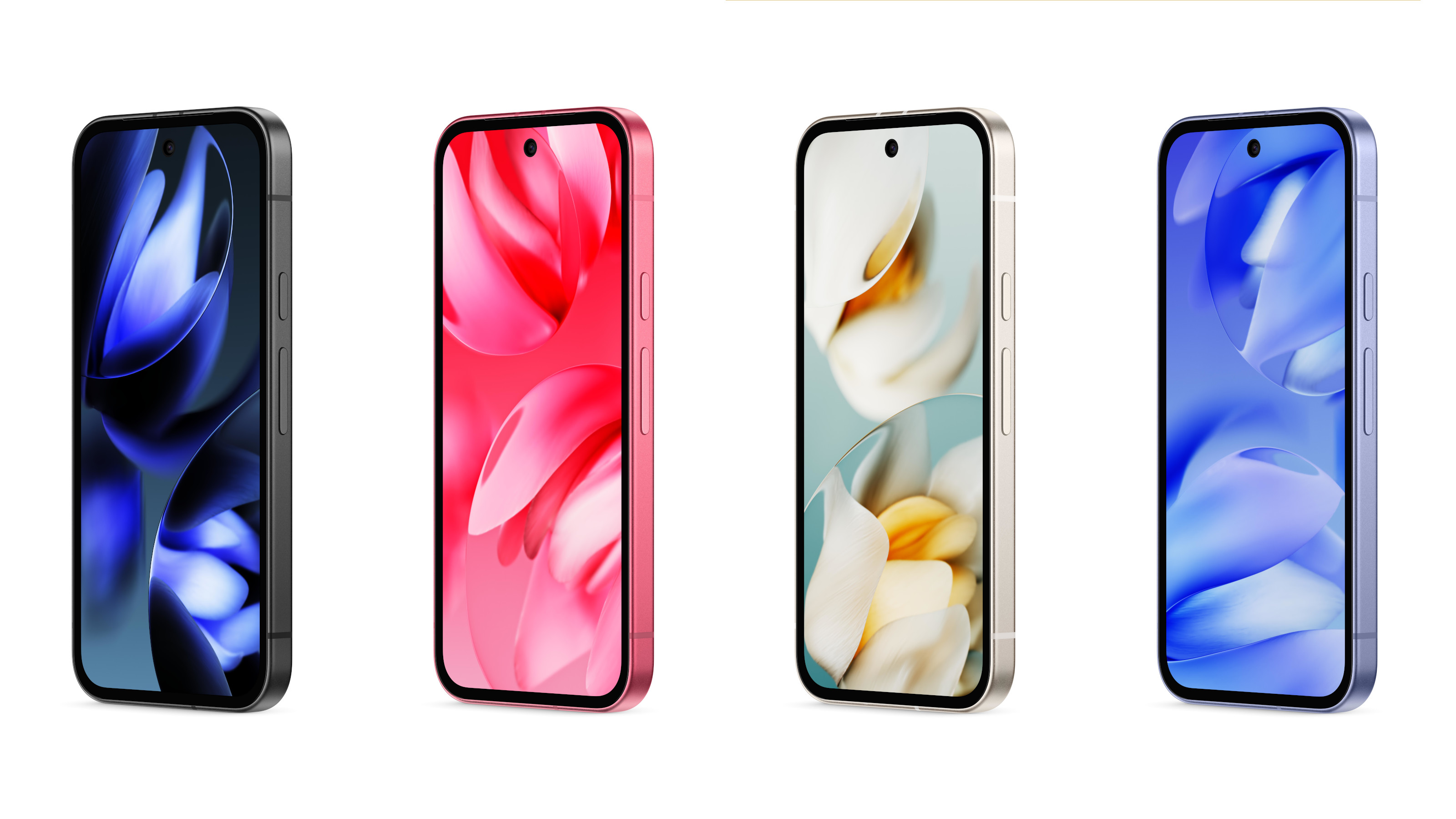
The new Pixel 9a colours: Obsidian, Peony, Porcelain, Iris
Durability of another kind is ensured through a guaranteed seven years of what Google calls ‘Pixel Drops’ – software and security updates that’ll keep this phone current well into the 2030s (providing you don’t do a Pixel drop of your own). Finally, those all-important new colour ways, Iris, Peony, Porcelain and Obsidian, go some way towards stripping away the tech bro aesthetic of modern devices in favour of something softer and less in your face.
All in all, Pixel 9a is yet another tread on the slippery stair to Google’s conquest of everything. If that’s a journey you’re inescapably yoked to, then the 9a is a welcome companion, an unpretentious, affordable device that deserves a place on everyone’s shortlist.
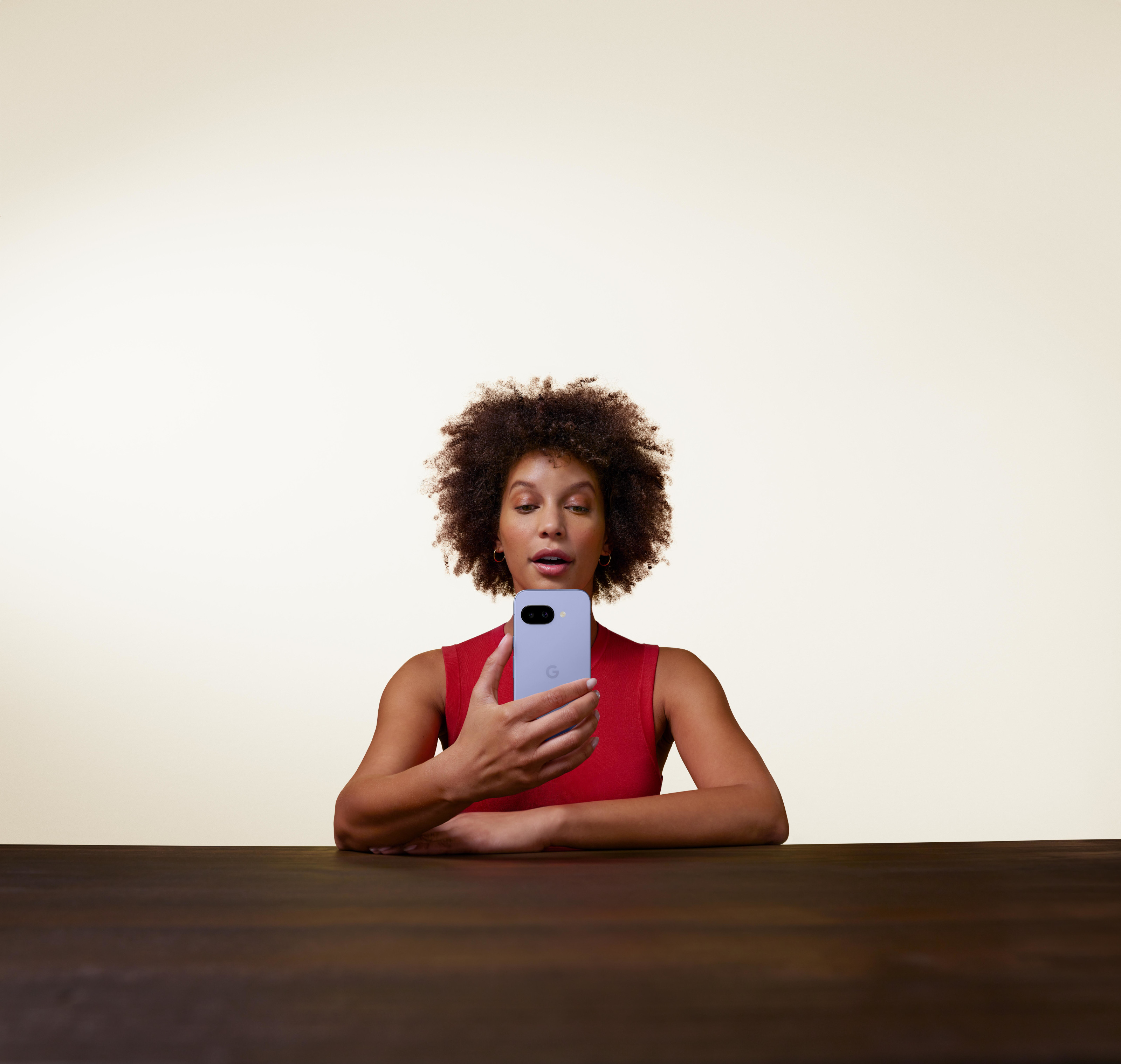
The new Google Pixel 9a
Google Pixel 9a, from £499, Store.Google.com
Google today debuts its latest mid-tier smartphone, the Pixel 9a. Following a well-established strategy of releasing ‘a’-branded models eight months or so after the release of top tier phones. Autumn 2024 saw the arrival of the current flagship Pixel 9 series, so naturally enough we now have the Pixel 9a to replace the Pixel 8a.

Google Pixel 9a in Obsidian, with case
Enough of big tech logistics. At this stage and price point, a new phone drop is just as much about colours and finishes as it is about specification and raw power. Those in the market for Google’s ‘a’ branded phones are not early adopters, nor do they care hugely about having the ‘very best’ in terms of imaging or AI tech. Suffice to say, they trust Google enough to ensure that the feature set and ethos of the flagship trickles down sufficiently to make the 9a an excellent all-rounder.

Google Pixel 9a in Peony, with case
That certainly seems to be the case. Google is still pushing hard on its Gemini AI, a multi-billion-dollar investment in a technology that is still searching for a killer app that transcends the novelty of a smarter search and easy photo editing. The Pixel 9a can tap into all the latest upgrades of the Gemini model, including the new Gemini Live service that uses video to take in scene data and process it accordingly.

Google Pixel 9a in Porcelain, with case
Features like this are increasingly blending into the mainstream and become a part and parcel of how we interact with search. Gemini Live’s ability to parse and converse in natural-sounding language is one of the technology’s strongest points, yet these AI-driven interactions still feel like an obfuscating layer that’s draped over physical reality. Can it ever really be trusted?

Google Pixel 9a in Iris, with case
Infinitely more tangible are the Pixel 9a’s physical characteristics. Solidly built, with a tried and tested camera module that includes both 48 MP main and 13 MP ultrawide cameras, along with new Macro Focus and Astrophotography modes, the 9a will make an excellent photographic companion. Battery life has also been improved, with that crucial crutch of day-length longevity that should dispel any charge anxiety. There's 8GB of RAM and a choice between 128GB and 256GB of storage.

The softer form of the Pixel 9a's camera module is inspired by water droplets
Posterity will have to decide on the merits or otherwise of Google’s suite of photo-editing tools. They range from the relatively benign (cropping, re-framing, even expanding the edge of the image) to the all-in AI-driven slopscape opened up by Pixel Studio, where you can conjure up fantastical imagery out of a sketch or a prompt. Additional lures include a three-month sub to Google One cloud storage and ad-free YouTube premium, along with a six-month subscription to Fitbit Premium content.

Our perennial gripe about modern smartphones – that the tactile delight of their all-metal and glass construction and fine, jewel-like buttons, curves and edges are all subsumed beneath the essential requirement of a robust case. The ‘camera bump’ on the 9a is smoother and less prominent than on its pricier siblings, and there’s also greater emphasis on recycled plastic and aluminium which make up nearly a quarter of the phone’s entire mass.

The new Pixel 9a colours: Obsidian, Peony, Porcelain, Iris
Durability of another kind is ensured through a guaranteed seven years of what Google calls ‘Pixel Drops’ – software and security updates that’ll keep this phone current well into the 2030s (providing you don’t do a Pixel drop of your own). Finally, those all-important new colour ways, Iris, Peony, Porcelain and Obsidian, go some way towards stripping away the tech bro aesthetic of modern devices in favour of something softer and less in your face.
All in all, Pixel 9a is yet another tread on the slippery stair to Google’s conquest of everything. If that’s a journey you’re inescapably yoked to, then the 9a is a welcome companion, an unpretentious, affordable device that deserves a place on everyone’s shortlist.

The new Google Pixel 9a
Google Pixel 9a, from £499, Store.Google.com
Wallpaper* Newsletter
Receive our daily digest of inspiration, escapism and design stories from around the world direct to your inbox.
Jonathan Bell has written for Wallpaper* magazine since 1999, covering everything from architecture and transport design to books, tech and graphic design. He is now the magazine’s Transport and Technology Editor. Jonathan has written and edited 15 books, including Concept Car Design, 21st Century House, and The New Modern House. He is also the host of Wallpaper’s first podcast.
-
 At Linden Los Angeles, classic New York comfort food gets its due
At Linden Los Angeles, classic New York comfort food gets its dueThe restaurant, inspired by a stretch of boulevard bridging Brooklyn and Queens, honors legacy, community and pleasure
By Carole Dixon Published
-
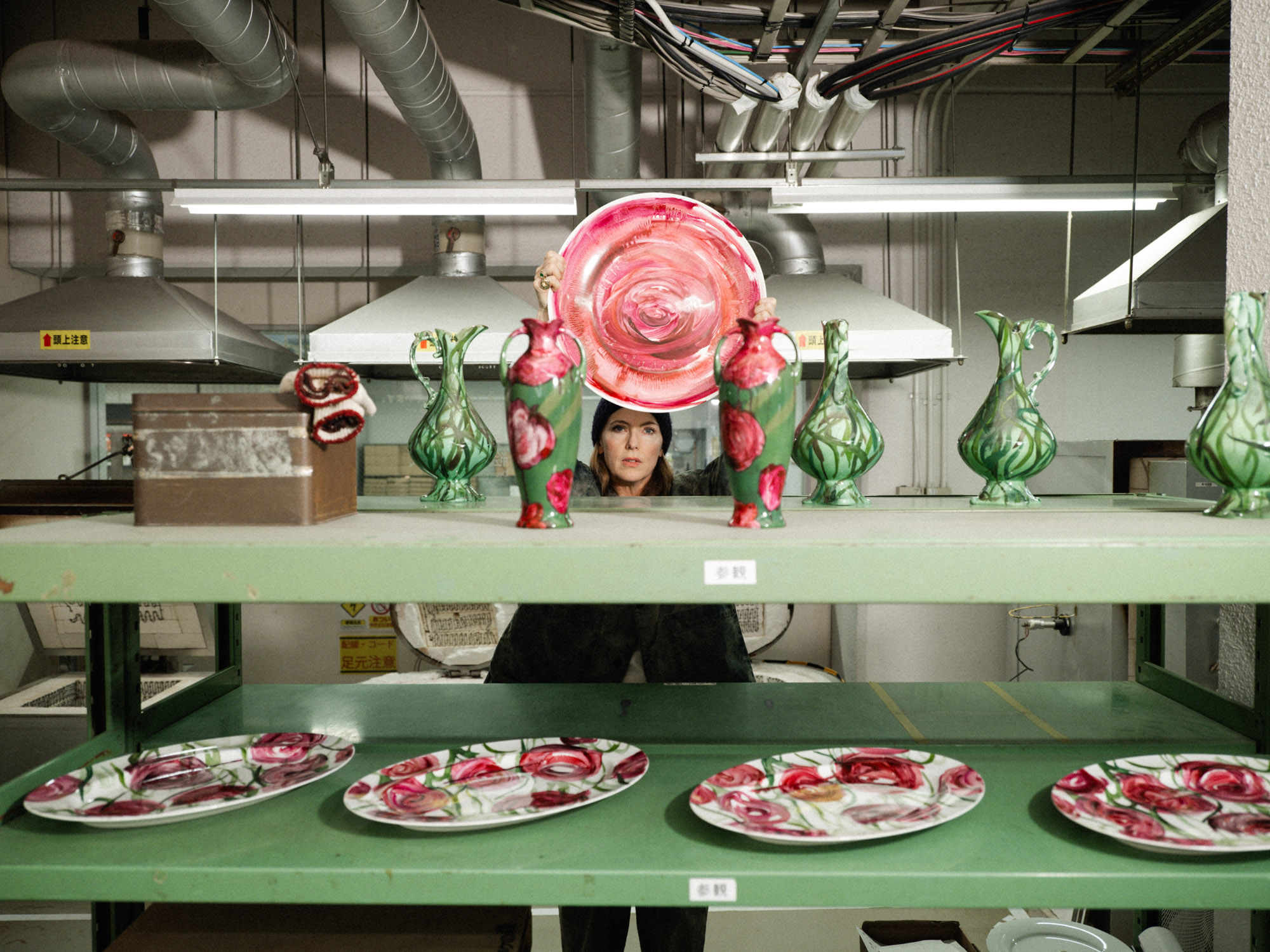 Faye Toogood comes up roses at Milan Design Week 2025
Faye Toogood comes up roses at Milan Design Week 2025Japanese ceramics specialist Noritake’s design collection blossoms with a bold floral series by Faye Toogood
By Danielle Demetriou Published
-
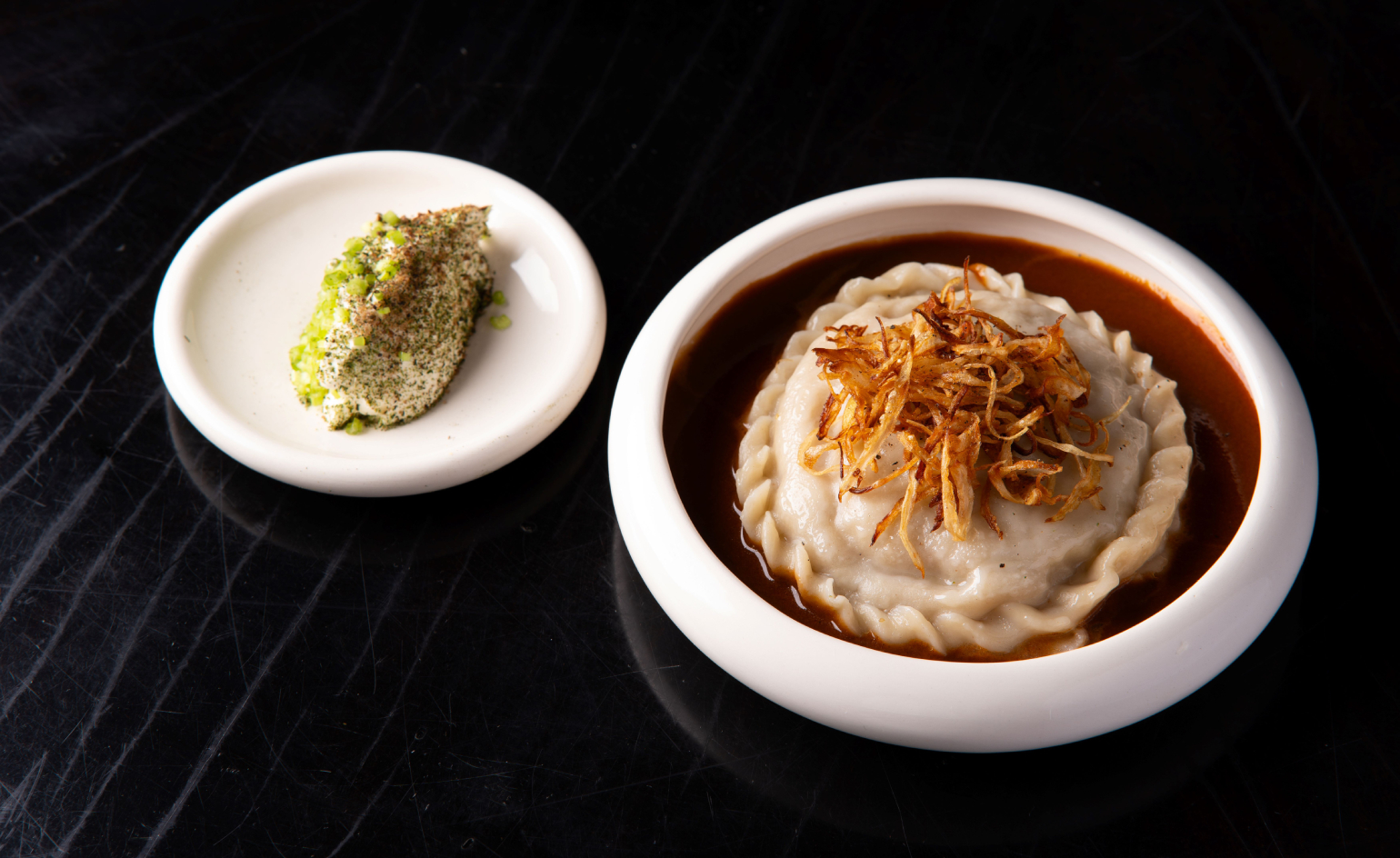 Tatar Bunar puts Ukrainian heritage front and centre
Tatar Bunar puts Ukrainian heritage front and centreFamily recipes and contemporary design merge at this new east London restaurant by Ukrainian restaurateurs Anna Andriienko and Alex Cooper
By Ben McCormack Published
-
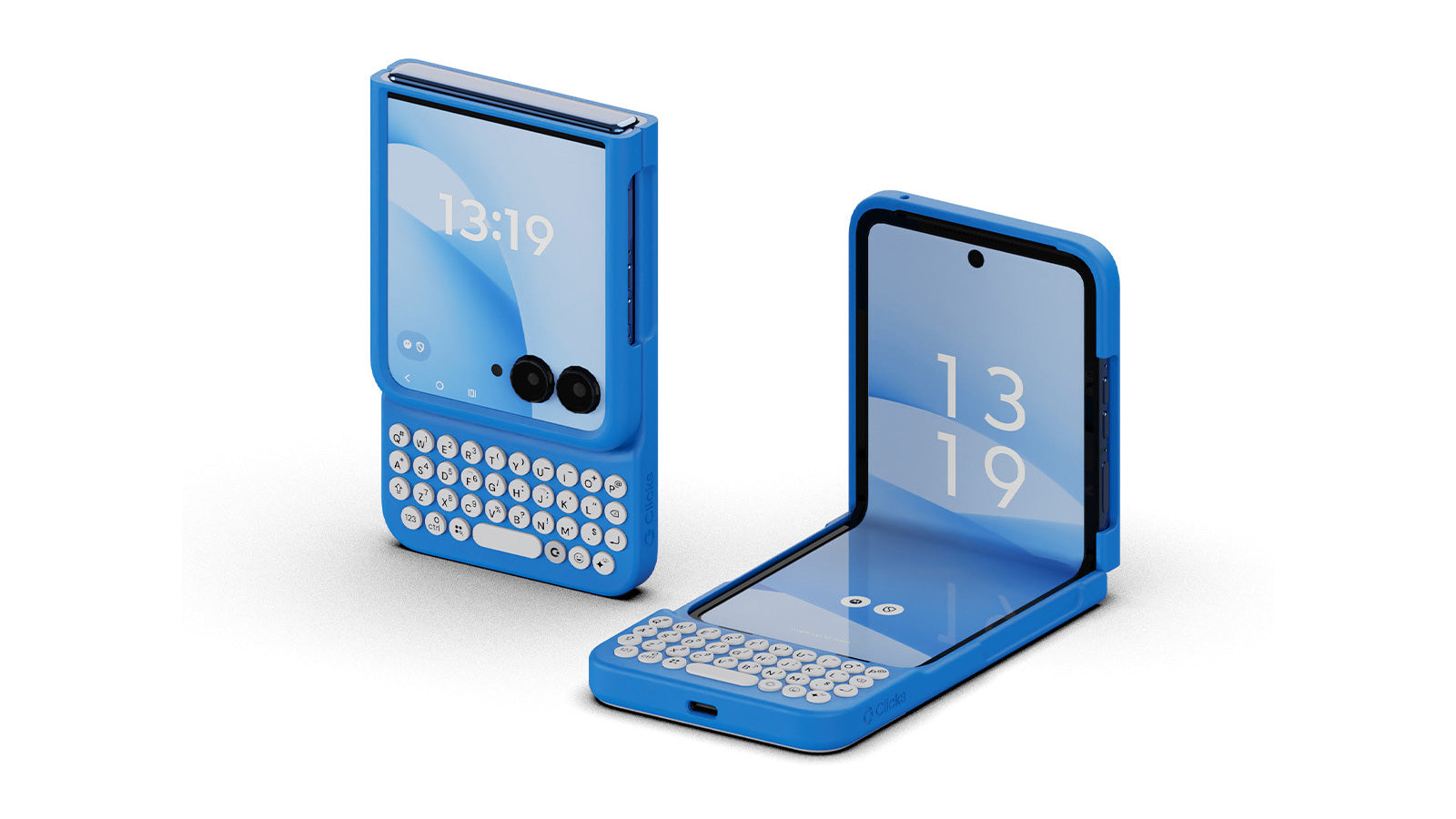 Clicks creates keyboard cases for iPhones – now they're also available for three Android flagships
Clicks creates keyboard cases for iPhones – now they're also available for three Android flagshipsSmartphones get a new lease of life with Clicks, which brings a Blackberry-style keyboard to today’s cutting-edge Apple and Android devices
By Jonathan Bell Published
-
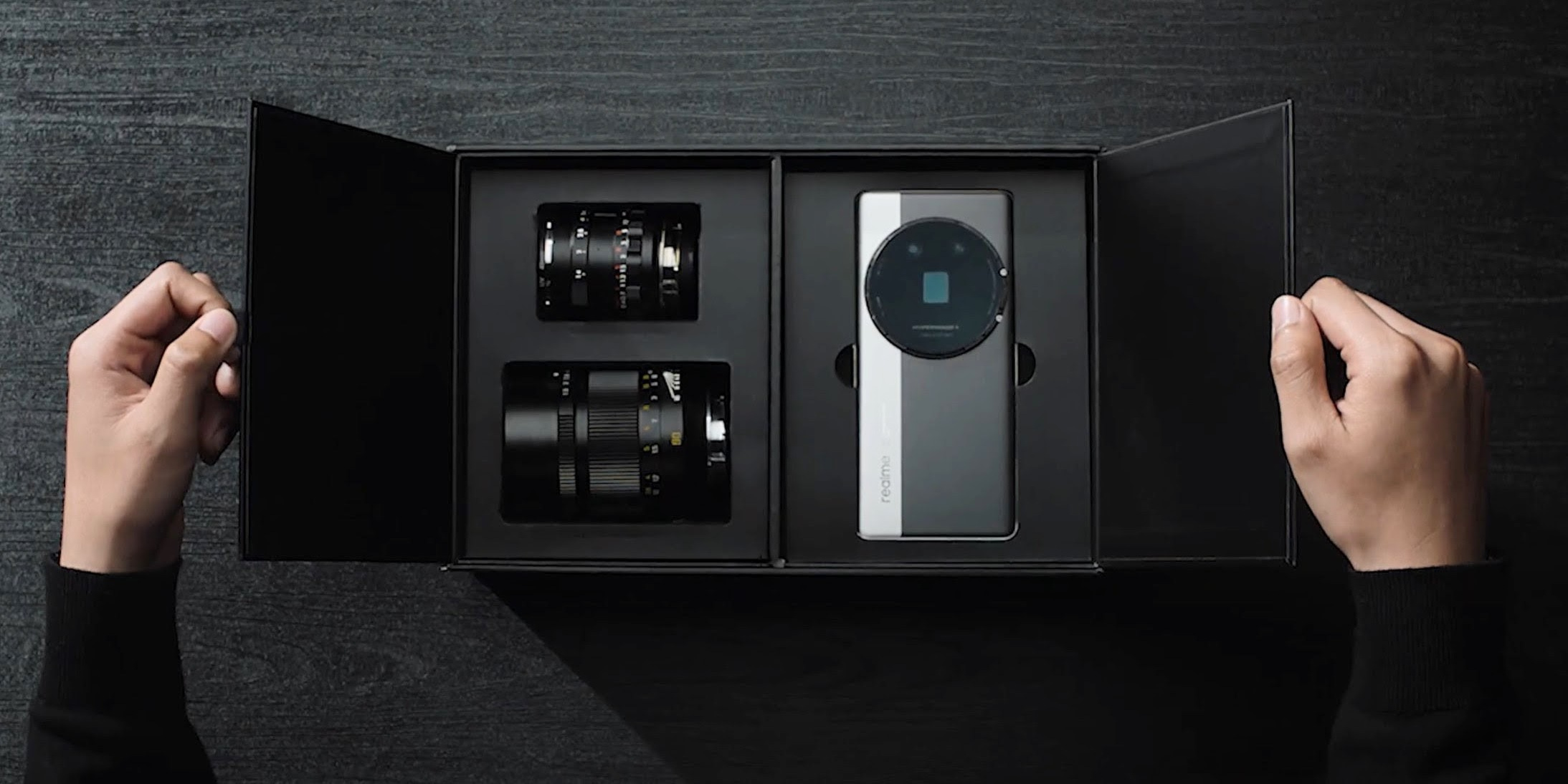 MWC 2025: 6 of the best conceptual phone designs and future facing tech
MWC 2025: 6 of the best conceptual phone designs and future facing techBarcelona’s Mobile World Congress has become the phone industry’s major hotspot for launches and new technology. Here are six of the best conceptual designs from this year's event
By Jonathan Bell Published
-
 Artist Lachlan Turczan and Google's 'Making the Invisible Visible' at Milan Design Week 2025
Artist Lachlan Turczan and Google's 'Making the Invisible Visible' at Milan Design Week 2025All that is solid melts into air at Garage 21 in Milan as Google showcases a cutting-edge light installation alongside a display of its hardware evolution and process
By Jonathan Bell Published
-
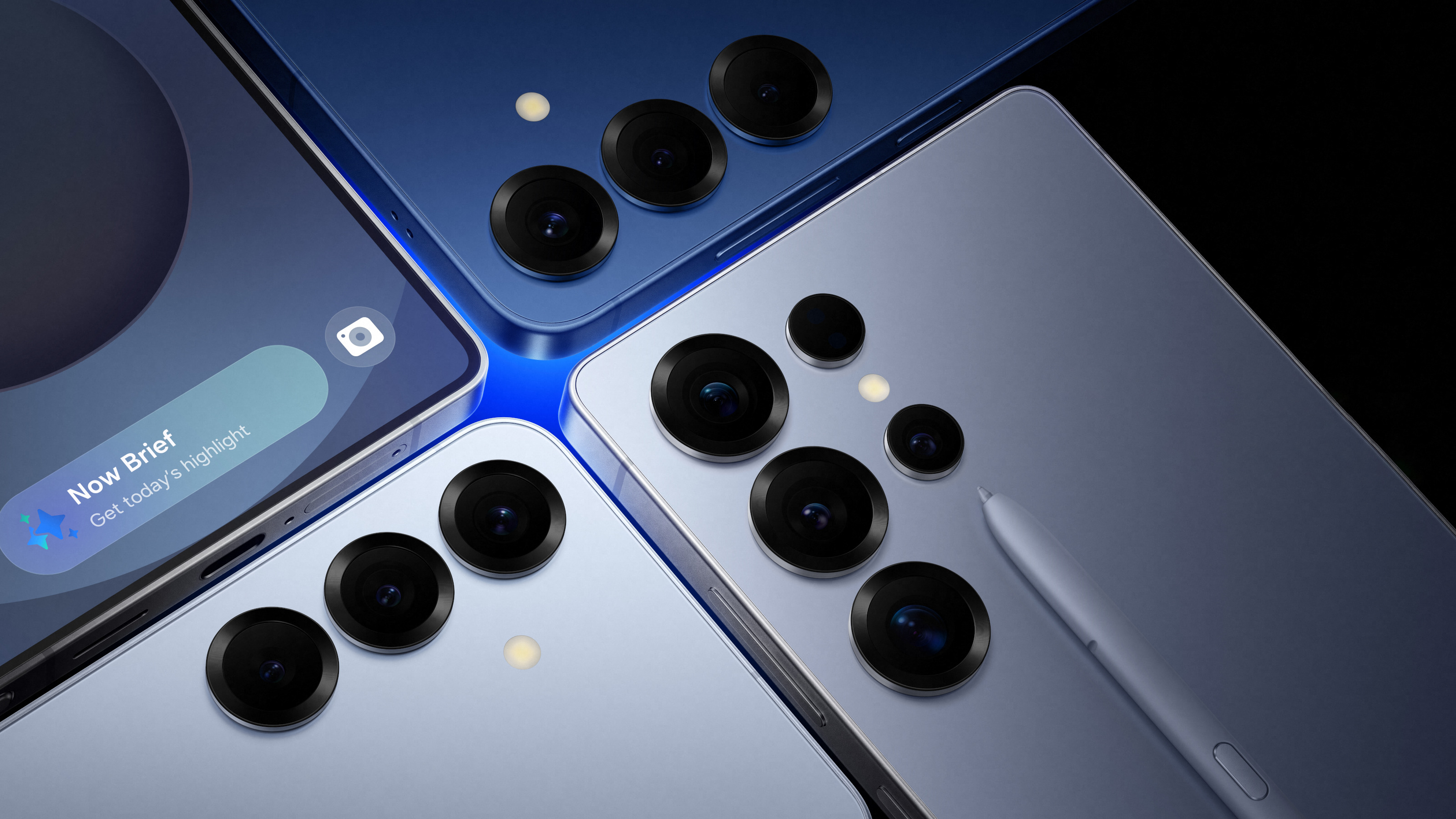 Meet Samsung’s Galaxy S25 series, designed to set new standards for AI-powered smartphones
Meet Samsung’s Galaxy S25 series, designed to set new standards for AI-powered smartphonesWelcome to the Samsung Galaxy S25 Ultra, Galaxy S25+ and Galaxy S25 – tech editor Jonathan Bell gets some hands-on experience with the new-generation devices
By Jonathan Bell Published
-
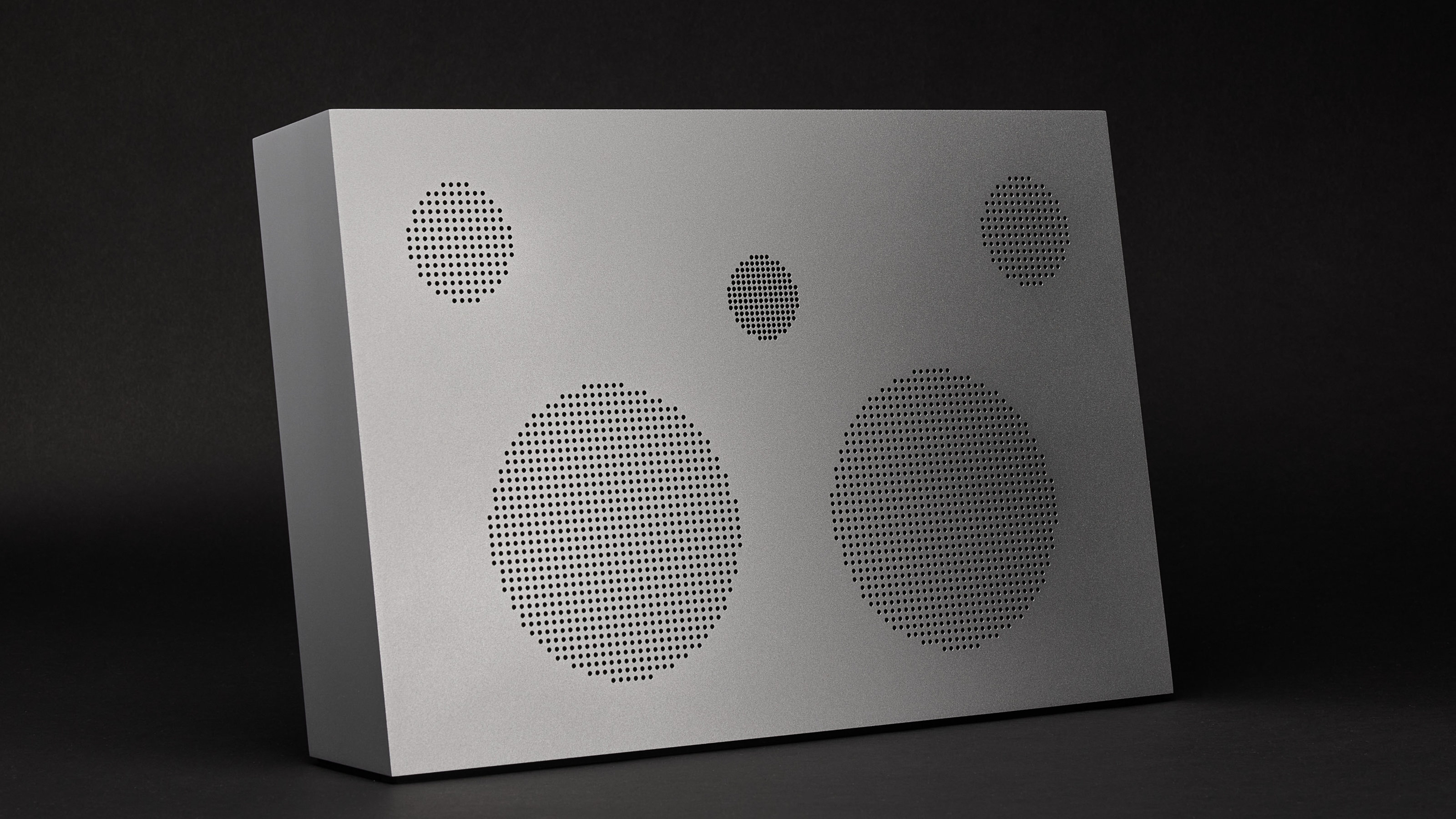 Year in review: top 10 audio acquisitions of 2024, as chosen by Wallpaper’s Jonathan Bell
Year in review: top 10 audio acquisitions of 2024, as chosen by Wallpaper’s Jonathan BellThe best audio technology of 2024, from pocketable earbuds to room-filling speakers
By Jonathan Bell Published
-
 The TCL 50 Pro NXTPAPER is a smartphone with a low price, a svelte screen and a sinister side
The TCL 50 Pro NXTPAPER is a smartphone with a low price, a svelte screen and a sinister sideTCL is a lesser-known titan of consumer technology. Its new NXTPAPER tech makes for a neat multifunctional smartphone. But what’s the catch?
By Jonathan Bell Published
-
 Is the new Google Pixel 9 Fold Pro the ultimate do-it-all device?
Is the new Google Pixel 9 Fold Pro the ultimate do-it-all device?Google's Pixel 9 Pro and Pixel 9 Fold Pro go head to head in our hands-on test of the latest generation of AI-infused smartphones
By Jonathan Bell Published
-
 New earbuds for audio and AI interaction, courtesy of Google, Denon, and more
New earbuds for audio and AI interaction, courtesy of Google, Denon, and moreThe age of AI comes to your earbuds with the arrival of the new Google Pixel Buds Pro 2. We explore these and seven more of the newest and best-designed wireless earbuds as alternative choices
By Jonathan Bell Published